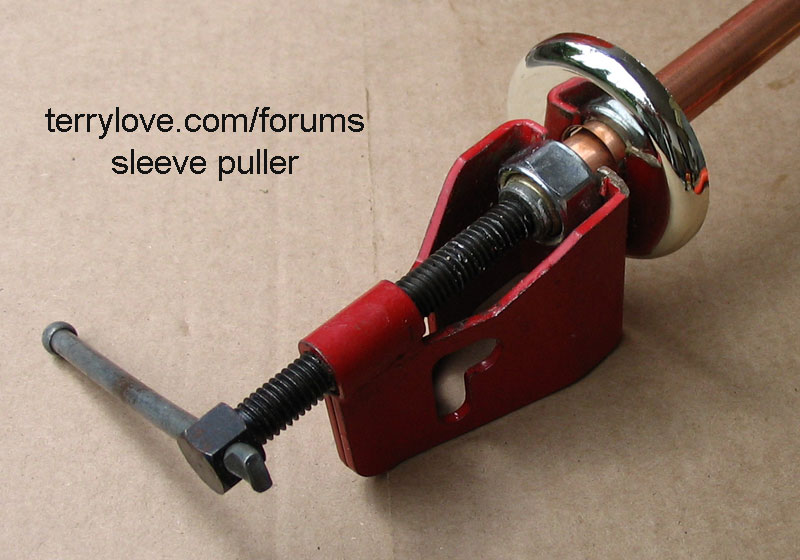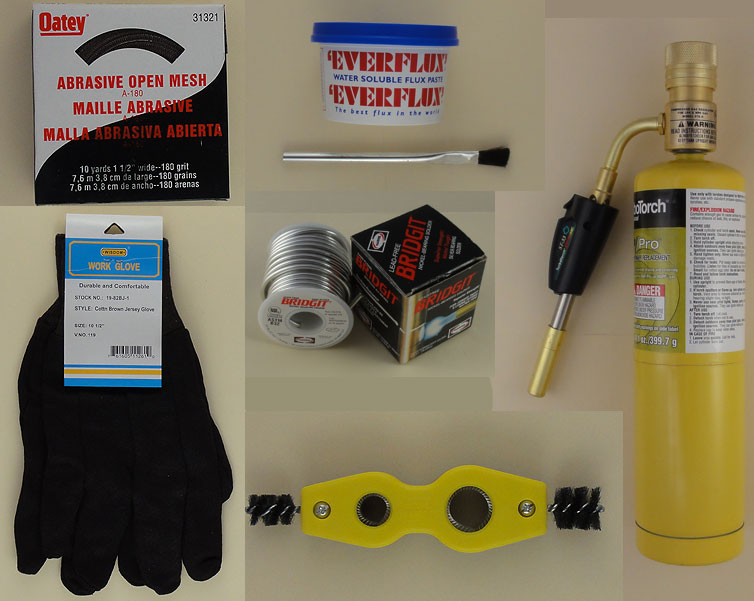Neil.Steiner
Member
I needed to replace a toilet shutoff valve that wouldn't turn completely off, and I bought a ball valve to do the job. The previous compression fitting had been on pretty tight, leaving indentations from the ferrule on the copper pipe. I wasn't sure whether that would be a problem, and for better or for worse, I cleaned everything up, sweated some silver solder onto the pipe, and sanded everything down. I think the effective indentation is less than it was before.
When I put the new valve in place, I placed only a drop of oil on the fitting threads, per the manufacturer instructions (no teflon tape or pipe dope). I'll mention that with the new valve, the ferrule sits a little closer to the end of the pipe than it did before. I also, for better or for worse, left about 1/32" space between the valve and the end of the pipe, according to a suggestion in an online forum (I know, I know, ...).
I hand tightened the compression fitting and then used channel locks and a wrench to go from snug to tight. Tiny little bit of seepage. I tightened some more. Still a bit of seepage. And so on at least one or two more times. At this point I'm not sure whether I should just keep tightening until the seepage stops. I know that's generally bad practice, but unless I can get this to work, I will probably have to sweat a little extension anyhow. Any suggestions?
When I put the new valve in place, I placed only a drop of oil on the fitting threads, per the manufacturer instructions (no teflon tape or pipe dope). I'll mention that with the new valve, the ferrule sits a little closer to the end of the pipe than it did before. I also, for better or for worse, left about 1/32" space between the valve and the end of the pipe, according to a suggestion in an online forum (I know, I know, ...).
I hand tightened the compression fitting and then used channel locks and a wrench to go from snug to tight. Tiny little bit of seepage. I tightened some more. Still a bit of seepage. And so on at least one or two more times. At this point I'm not sure whether I should just keep tightening until the seepage stops. I know that's generally bad practice, but unless I can get this to work, I will probably have to sweat a little extension anyhow. Any suggestions?





